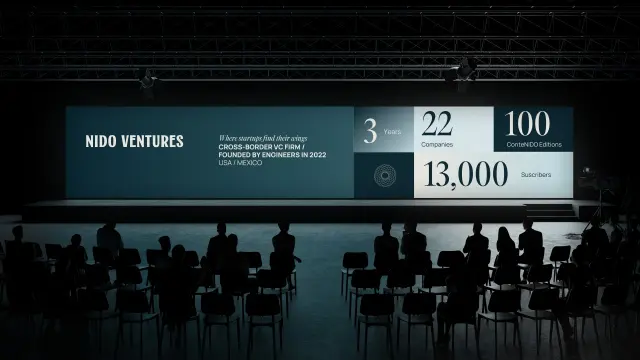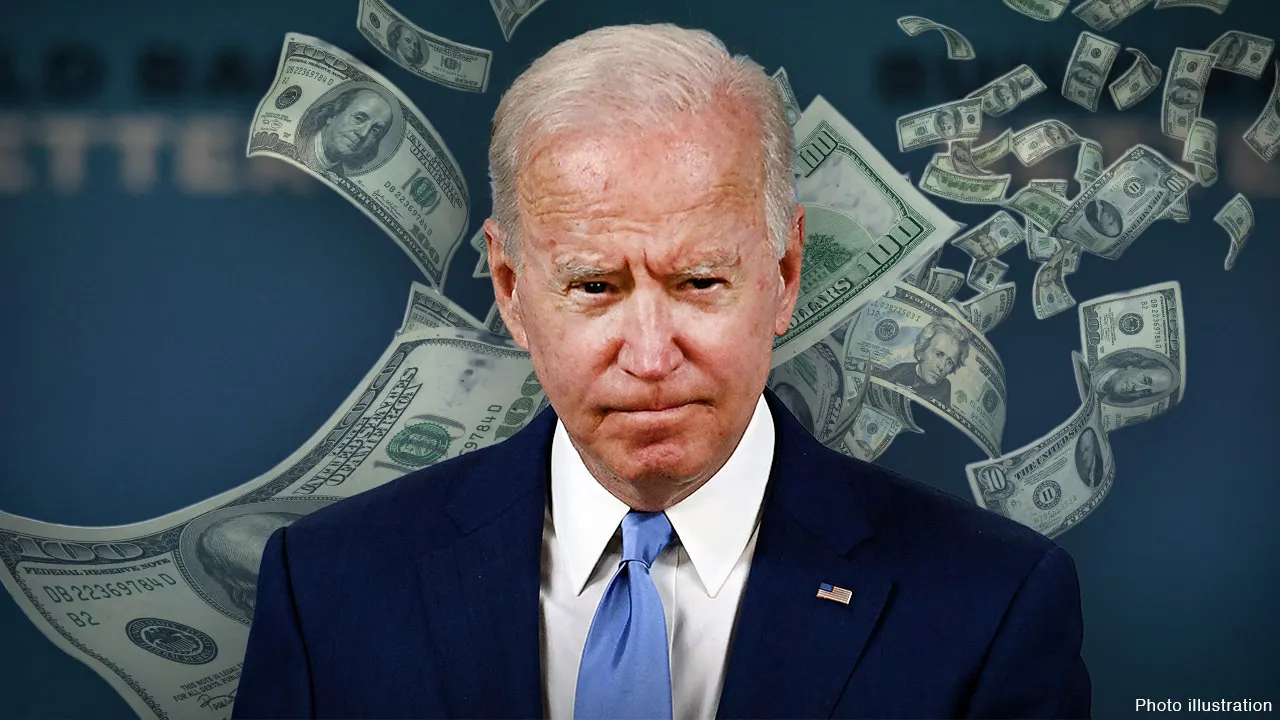The U.S. government’s shift in policy to restrict foreign investments in AI technologies could disrupt both the U.S. economy and the global market, influencing technological progress and global competition
The United States is poised to implement significant policy shifts regarding foreign investments in artificial intelligence (AI) technologies, aiming to protect its national security and maintain technological leadership. These regulatory changes come at a time when AI is rapidly becoming a transformative force across industries and global markets. The U.S. government’s actions, which target the influx of foreign capital into U.S.-based AI companies, are set to have far-reaching economic and geopolitical consequences.
While the primary motivation behind these changes is to safeguard sensitive AI technologies from adversarial foreign interests, the broader economic implications could reshape the global tech landscape, affecting the flow of investments, the pace of AI innovation, and the competitive dynamics between nations. This article delves into the potential economic ramifications of these shifts, from domestic market reactions to the global redistribution of AI investment.
1. Impact on U.S. AI Sector and Domestic Economy
The U.S. AI sector is one of the world’s largest and most influential, with leading companies like Google, Microsoft, and NVIDIA at the forefront of AI research and development. Foreign investments, particularly from countries like China, Japan, and the European Union, have played a crucial role in fueling growth and accelerating innovation within U.S. AI firms.
By limiting foreign involvement, the U.S. government may inadvertently slow the growth of its own AI sector. These restrictions could create challenges for startups that rely on international venture capital to scale their operations. Reduced foreign investment could also discourage talent acquisition, as foreign researchers and engineers may find fewer opportunities to collaborate with U.S.-based companies.
Slower Economic Growth in Tech
The tech sector is a significant contributor to the U.S. economy, and any disruption to the flow of investment could have a ripple effect on the broader economy. AI-related innovations are a key driver of productivity growth, particularly in industries such as healthcare, finance, manufacturing, and logistics. By constraining foreign investment, the U.S. risks losing out on advancements in these critical areas, which could slow economic growth and reduce the competitiveness of American businesses on the global stage.
2. Redistribution of Global AI Investment
With the U.S. limiting foreign capital into its AI sector, other regions and countries are likely to become more attractive investment destinations. As U.S. regulations tighten, international investors may look to other emerging tech hubs, such as the European Union, China, India, and Southeast Asia, where AI industries are growing and the regulatory environment may be more welcoming.
Europe as a Beneficiary
Europe has already made significant strides in AI development, particularly in fields such as AI ethics, data privacy, and healthcare. With the U.S. tightening its grip on foreign investments, European companies may see an influx of capital, as international investors seek stability and regulatory clarity in the region. Countries like Germany, the UK, and France are expected to benefit, especially with Europe’s emphasis on responsible AI practices and data governance.
China’s Position in the AI Race
China, with its state-driven approach to AI, is also poised to benefit from shifts in global investment. As the U.S. restricts foreign investments in its own AI sector, China may attract more capital from international markets eager to diversify their AI portfolios. With its vast resources and strong government support, China’s ambitions to become a global AI leader could accelerate, intensifying competition with the U.S.
India and Southeast Asia: Emerging Markets for AI
India’s AI market is rapidly growing, driven by its large tech talent pool and demand for AI in sectors such as healthcare, agriculture, and education. Southeast Asia, with its booming digital economy, also stands to benefit from an influx of foreign investment into its AI-driven startups. As the global tech community looks for alternative investment opportunities, these regions could see significant growth in AI innovation and market expansion.
3. Consequences for Global AI Collaboration
One of the hallmarks of AI development has been the international collaboration between researchers, businesses, and governments. The U.S.'s restrictive policies could lead to reduced collaboration between U.S.-based companies and international research institutions, which have been vital to the rapid advancement of AI technology. The slowdown in global AI cooperation could hinder innovation, particularly in projects that require cross-border data sharing and joint research efforts.
Fragmentation of AI Ecosystem
As countries and regions seek to protect their own AI industries, the global AI ecosystem could become more fragmented. The U.S.’s move to limit foreign investment may spur other nations to adopt similar protectionist policies, leading to a fragmented marketplace where AI technologies evolve in isolated silos. This fragmentation could slow down the rate of global AI progress and reduce the efficiency of research collaborations that have been essential in fields such as climate change, healthcare, and security.
4. Shifts in Geopolitical Dynamics
AI has become a key geopolitical asset, with nations vying for dominance in the technology due to its potential applications in defense, cybersecurity, and economic competitiveness. The U.S. is at the center of this competition, but its recent policy changes could provoke responses from rival nations, particularly China and the European Union.
US-China AI Rivalry
The U.S. and China are already locked in a technological arms race, with AI playing a central role in both economic and military power. The U.S.'s push to limit foreign investments in AI technologies could intensify this rivalry, as China may accelerate its efforts to attract global investment and strengthen its AI infrastructure. The growing competition between the two countries in the AI sector could lead to further political and economic tensions, especially if either side perceives the other as gaining a technological edge.
EU’s Role as a Regulatory Leader
The European Union is positioning itself as a leader in ethical AI development, with a strong emphasis on regulation and oversight. As the U.S. limits foreign involvement in its AI industry, the EU could emerge as a preferred destination for investors looking to align with strong ethical standards and data protection laws. The EU’s regulatory framework could set the stage for global norms around AI, influencing how nations approach AI governance, privacy, and security.
5. Long-Term Economic Implications for the Global Economy
The economic implications of the U.S.'s shift in AI investment policy are likely to be felt globally. Over time, the reallocation of AI investment could lead to a redistribution of technological power, with countries outside the U.S. rising to prominence in the AI sector. The increased competition for AI leadership could spur greater innovation across different regions, but it could also result in slower overall global progress if countries prioritize national interests over international cooperation.
The long-term effects could be particularly pronounced in industries that depend heavily on AI, such as healthcare, transportation, and finance. As AI technologies continue to evolve, the global economy will need to adapt to a more fragmented and competitive environment

















